Renowned researchers, educators and makers, pioneering bridge building methods, development and inspiration for Interstellar Flight.
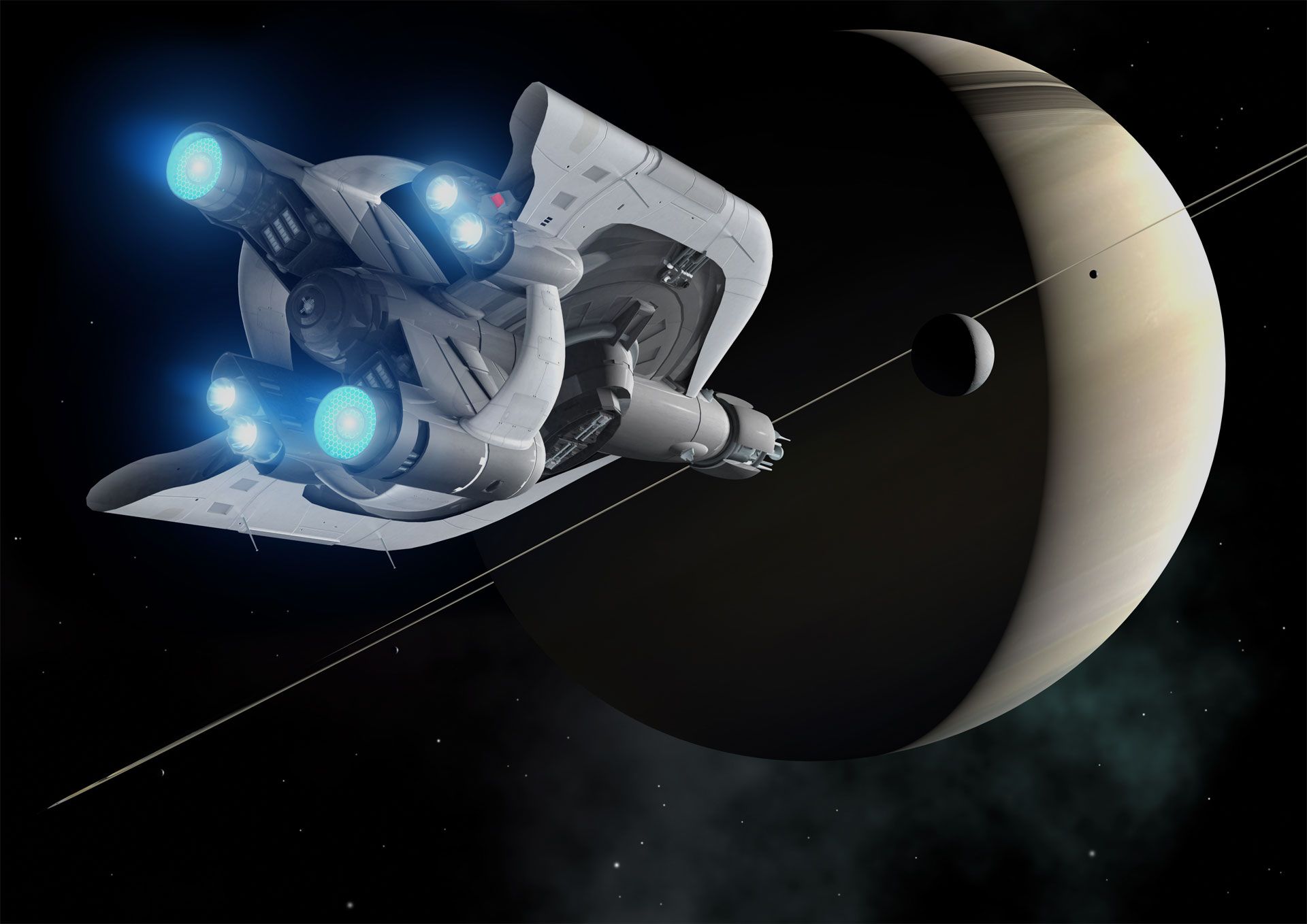

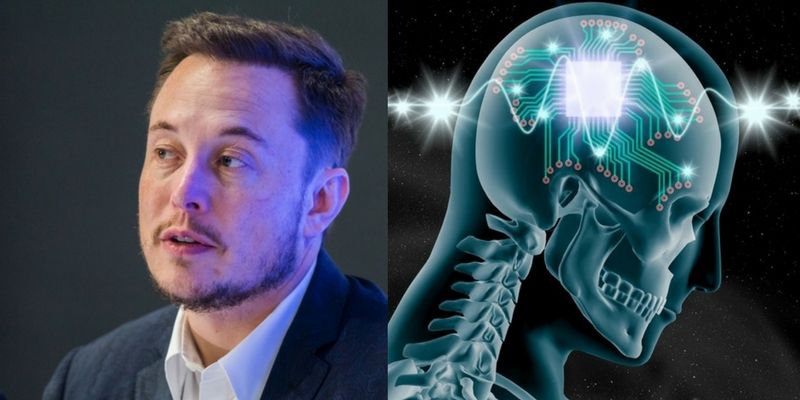
In a several-hour live interview on September 6–7, Tesla and SpaceX CEO Elon Musk managed to slip in a few words about Neuralink, a side-project company formed by Musk for the purpose of bridging the gap between potential superhuman AI and the human brain itself.
Although the eccentric CEO/CTO wouldn’t say much more, he did tease a potentially revolutionary update from the fully-stealthed startup “in a few months”.
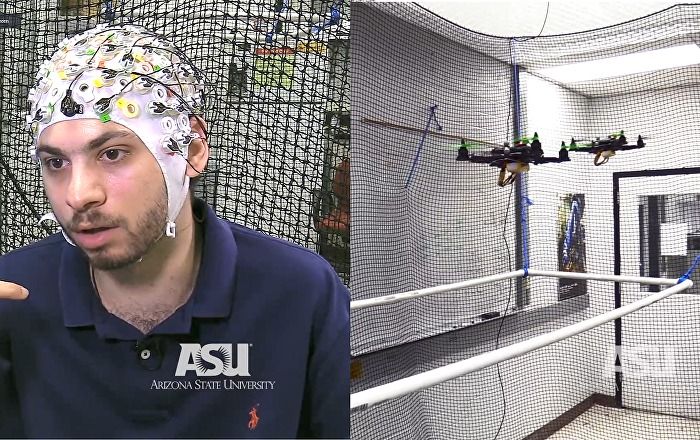
The US military’s Defense Advanced Research Projects Agency (DARPA) has created a brain-computer interface that enables a person to control everything from a swarm of drones to an advanced fighter jet using nothing but their thoughts and a special brain chip.
Life imitates art, in defense tech no less than in society. In the 1982 techno-thriller film “Firefox,” Clint Eastwood steals a fictional Soviet fighter jet called the “MiG-31 Firefox,” a Mach 6-capable stealth fighter he piloted with his thoughts. But now in 2018, the US military has gone even further: you can control a whole group of drones or fighter jets with your thoughts.

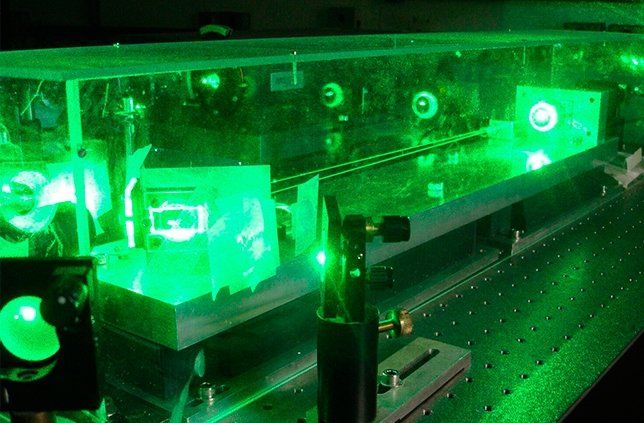
Austrian physicist Erwin Schrödinger (1887−1961), one of the giants of contemporary science, considered entanglement the most interesting property in quantum mechanics. In his view, it was this phenomenon that truly distinguished the quantum world from the classical world. Entanglement occurs when groups of particles or waves are created or interact in such a way that the quantum state of each particle or wave cannot be described independently of the others, however far apart they are. Experiments performed at the University of São Paulo’s Physics Institute (IF-USP) in Brazil have succeeded in entangling six light waves generated by a simple laser light source known as an optical parametric oscillator.
Articles about these experiments have been published in Physical Review Letters and Physical Review A. The experiments are highlighted in a special news feature posted online.
“Our platform is capable of generating a massive entanglement of many optical modes with different but well-defined frequencies, as if connecting the nodes of a large network. The quantum states thus produced can be controlled by a single parameter: the power of the external laser that pumps the system,” said Marcelo Martinelli, one of the coordinators of the experiments. Martinelli is a professor at IF-USP and the principal investigator for the project.

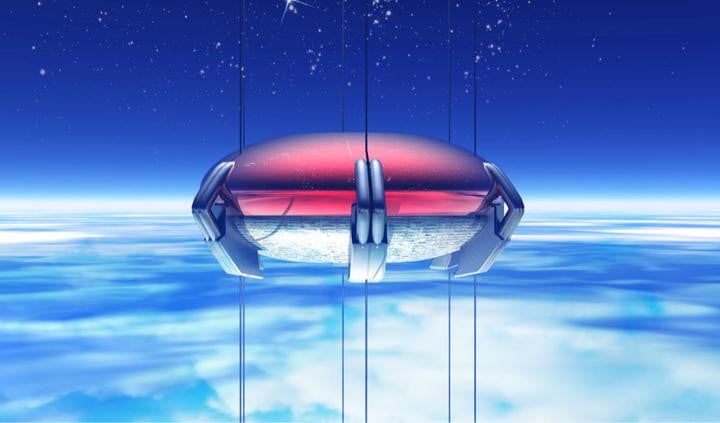
Japan is preparing to carry out the first test in space for a so-called “space elevator” that could one day transport people and cargo to orbiting stations way above Earth. Several organizations are looking into the feasibility of the project, with one group aiming for an ambitious-sounding 2050 launch.
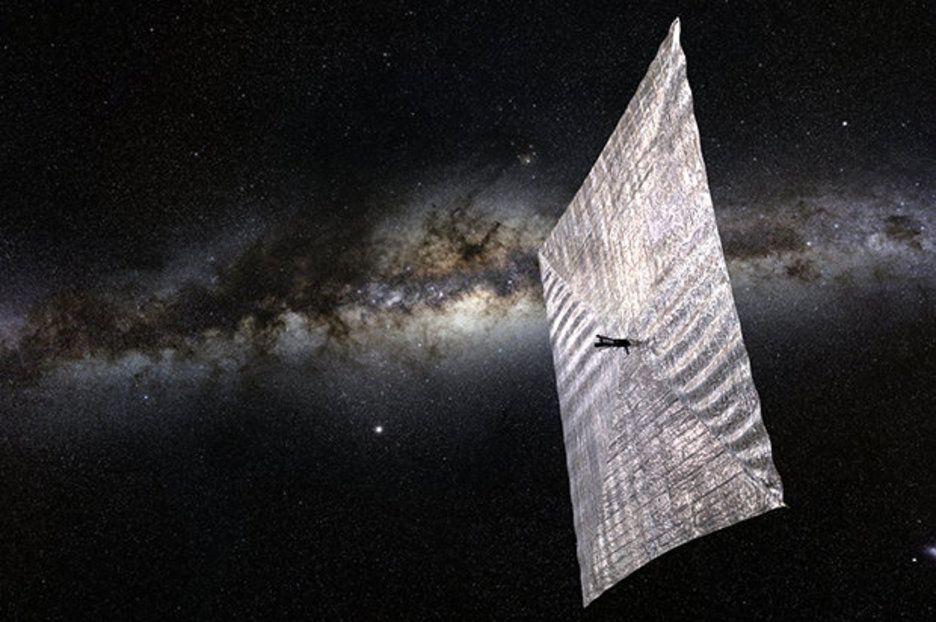
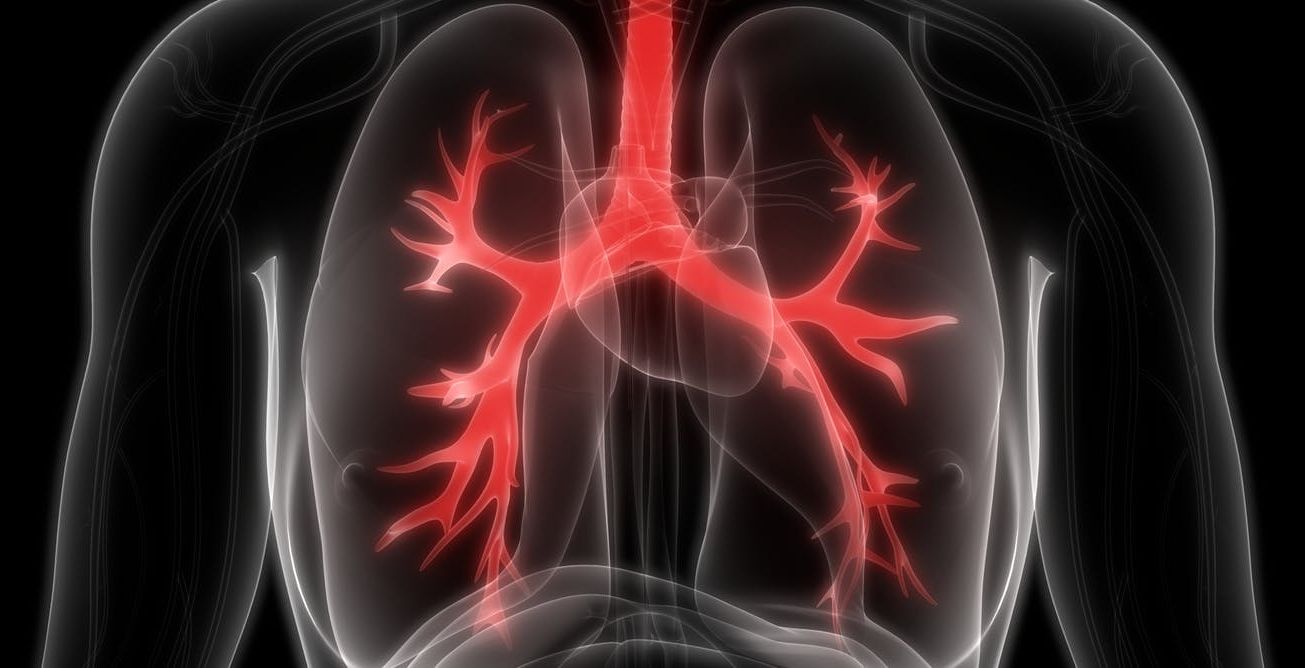
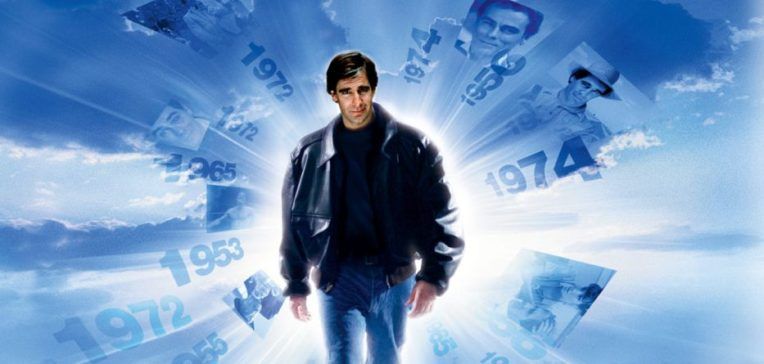
Quantum computing has moved out of the realm of theoretical physics and into the real world, but its potential and promise are still years away.
Onstage at TechCrunch Disrupt SF, a powerhouse in the world of quantum research and a young upstart in the field presented visions for the future of the industry that illustrated both how far the industry has come and how far the technology has to go.
For both Dario Gil, the chief operating officer of IBM Research and the company’s vice president of artificial intelligence and quantum computing, and Chad Rigetti, a former IBM researcher who founded Rigetti Computing and serves as its chief executive, the moment that a quantum computer will be able to perform operations better than a classical computer is only three years away.
